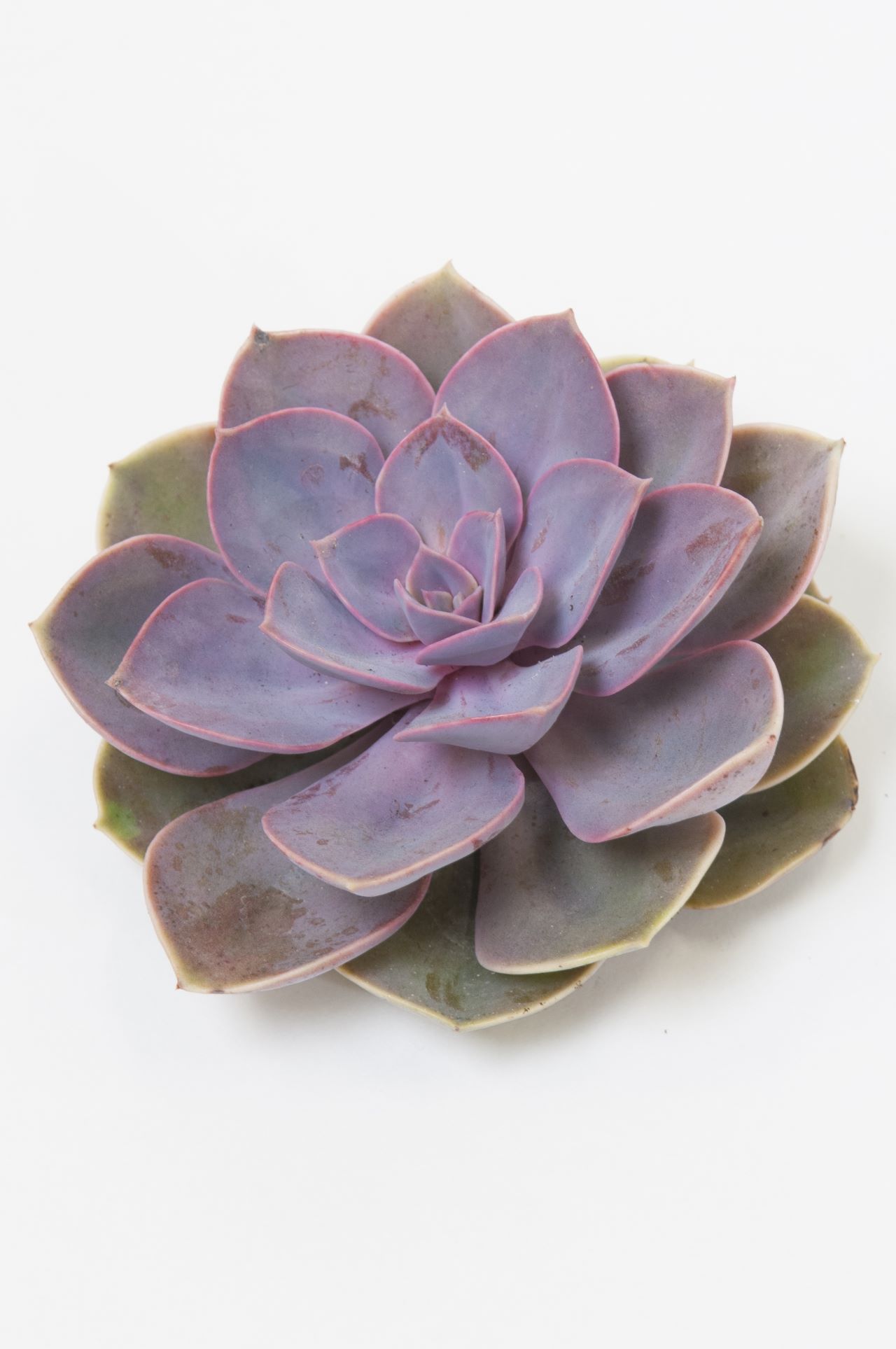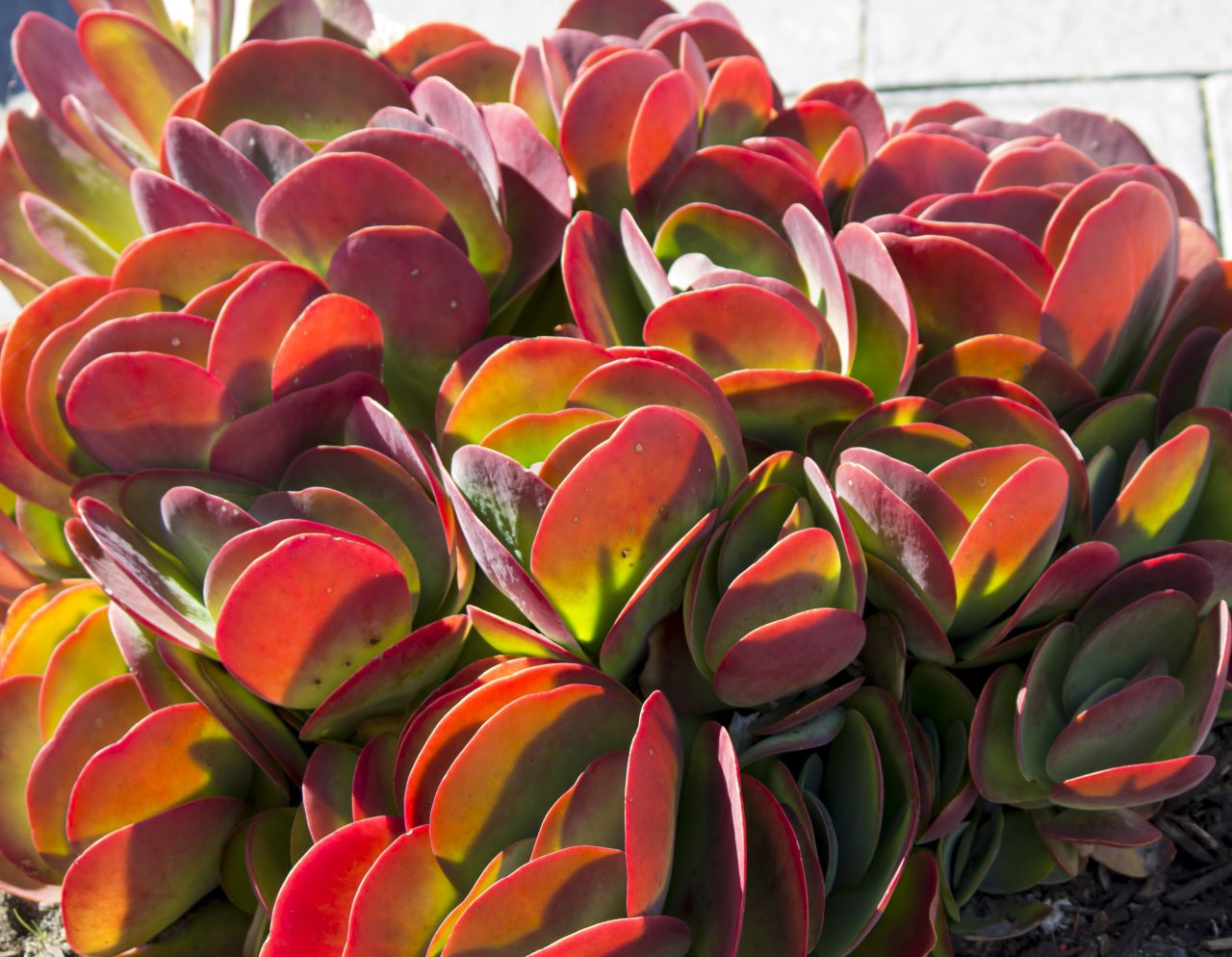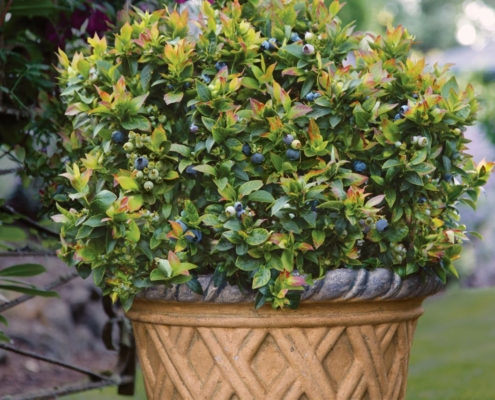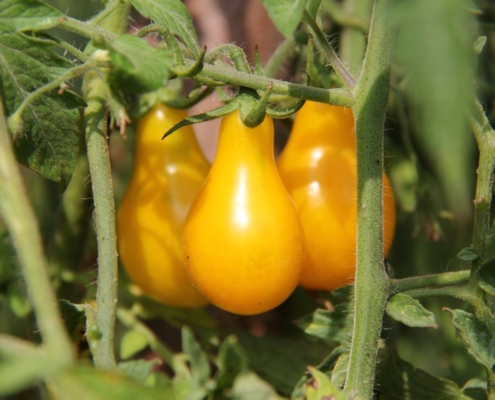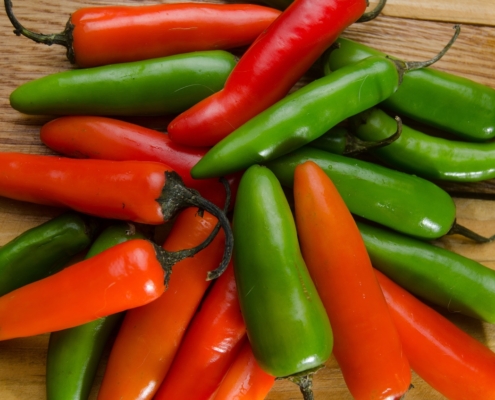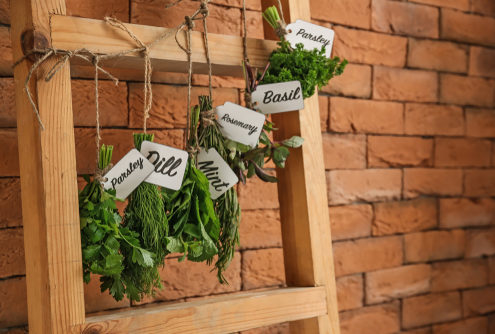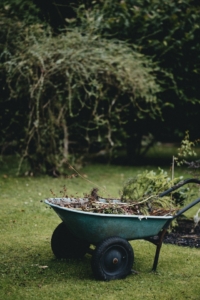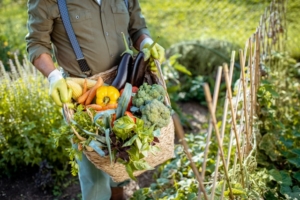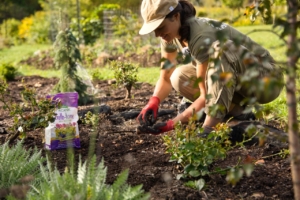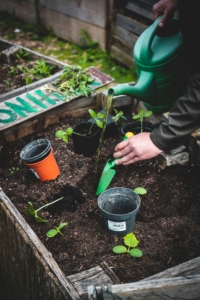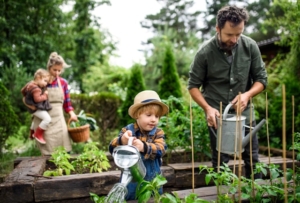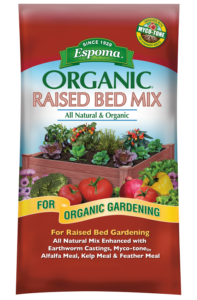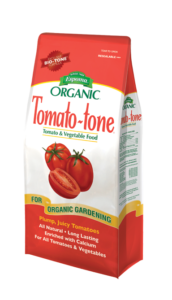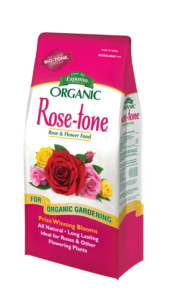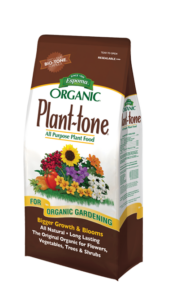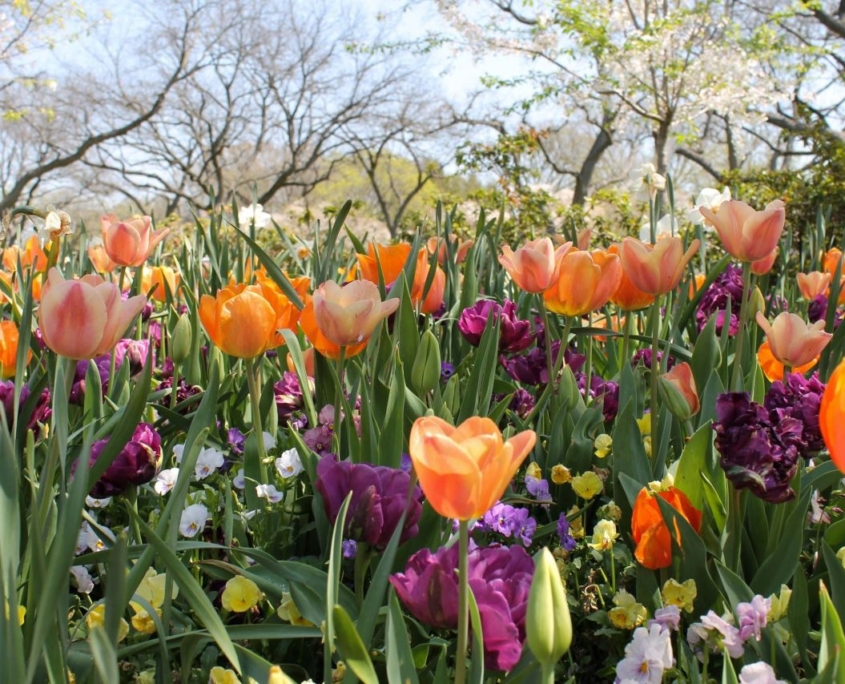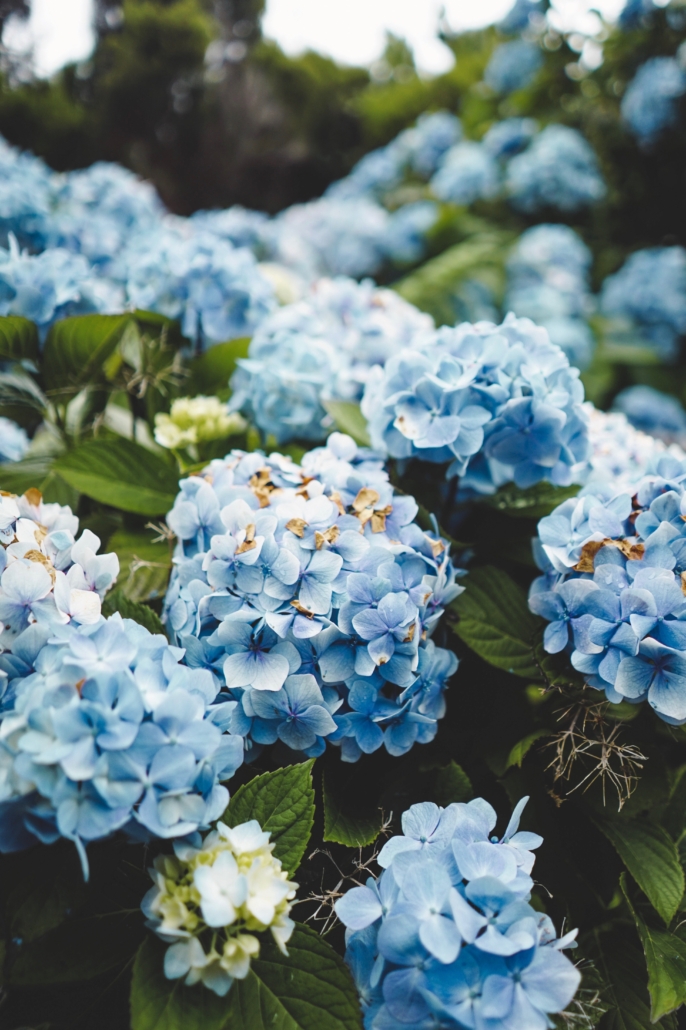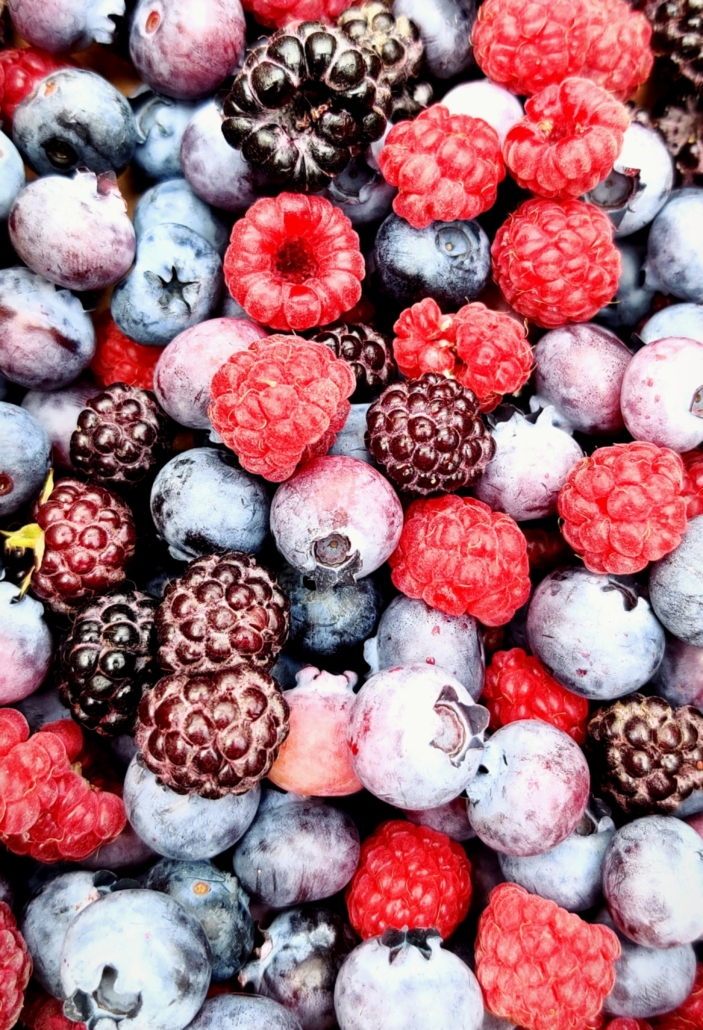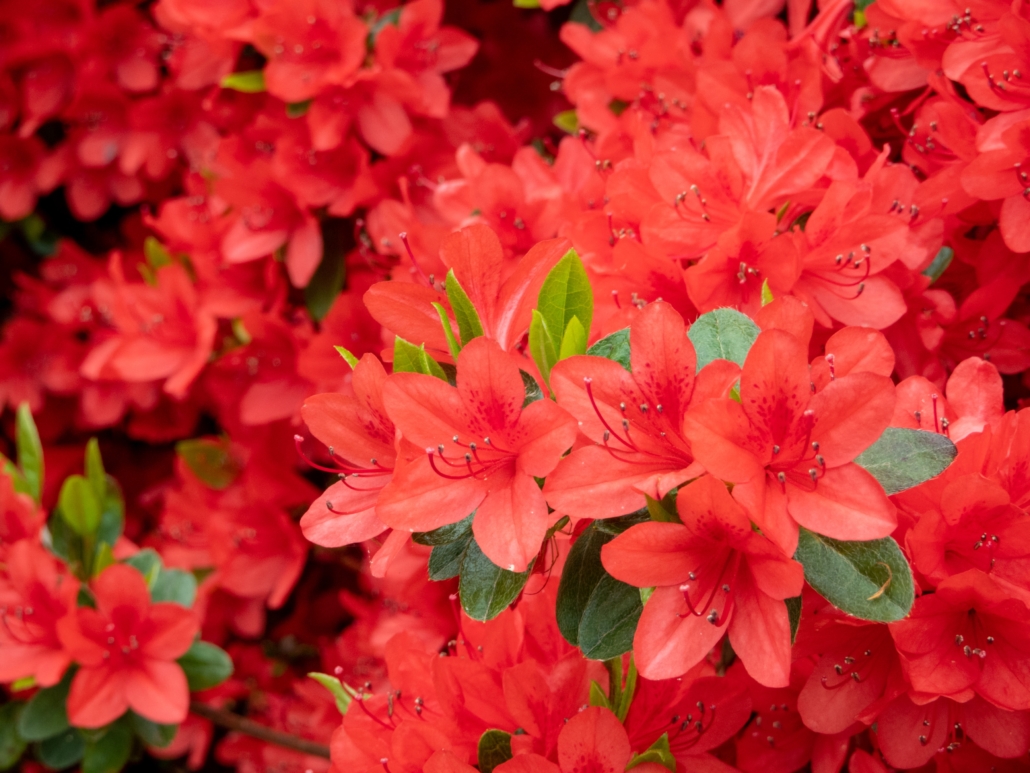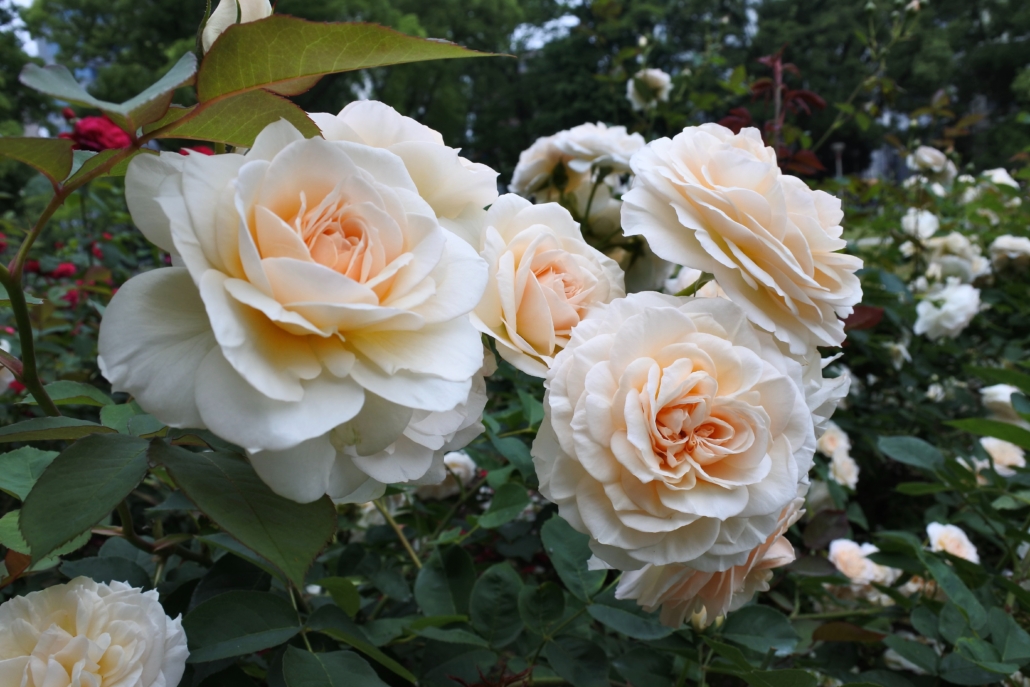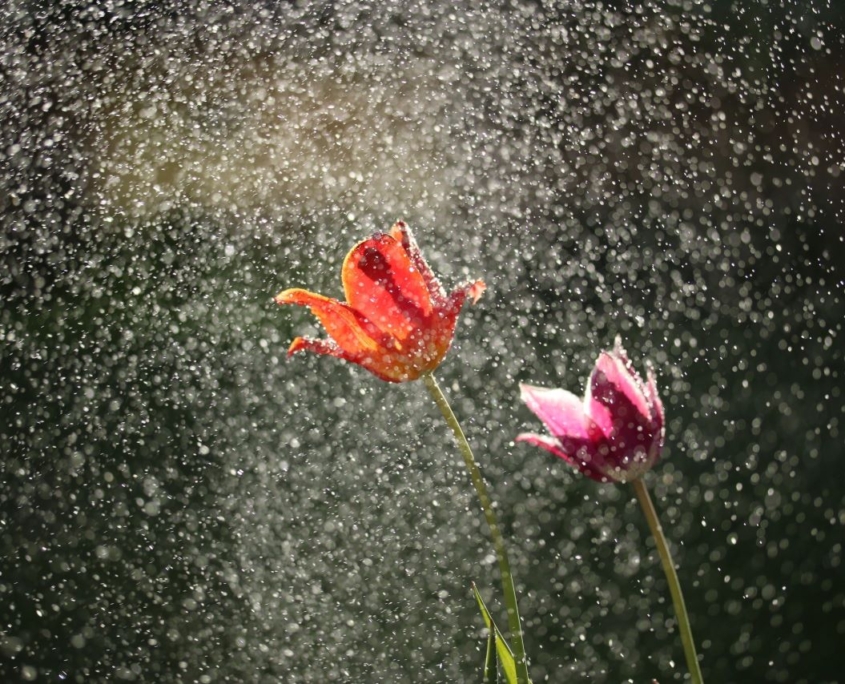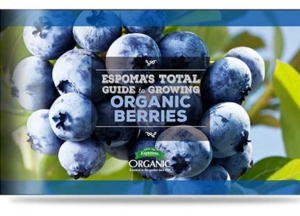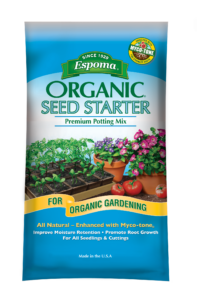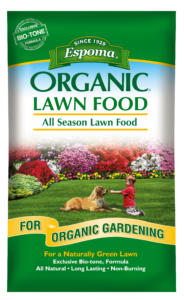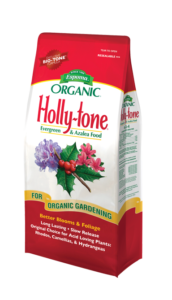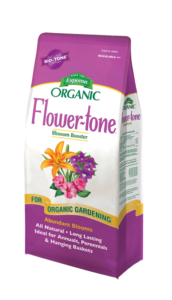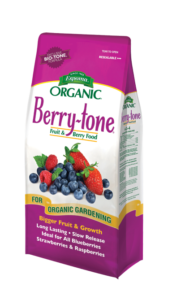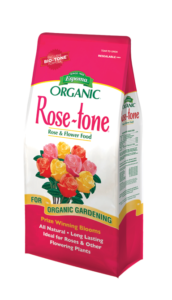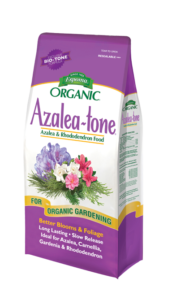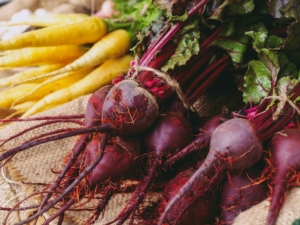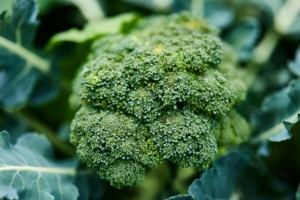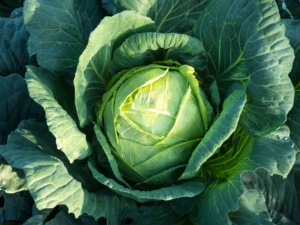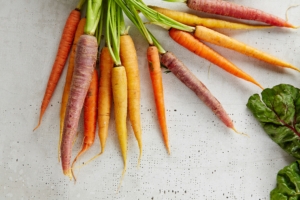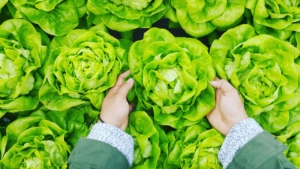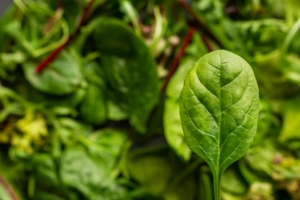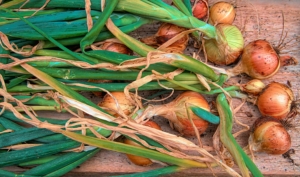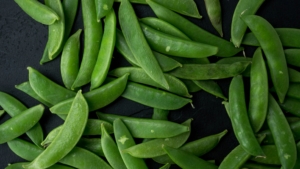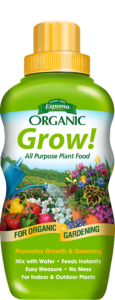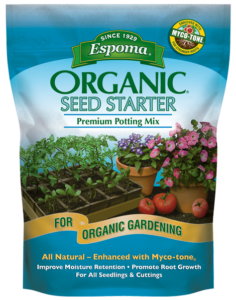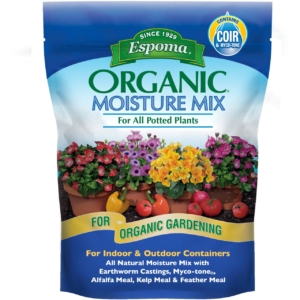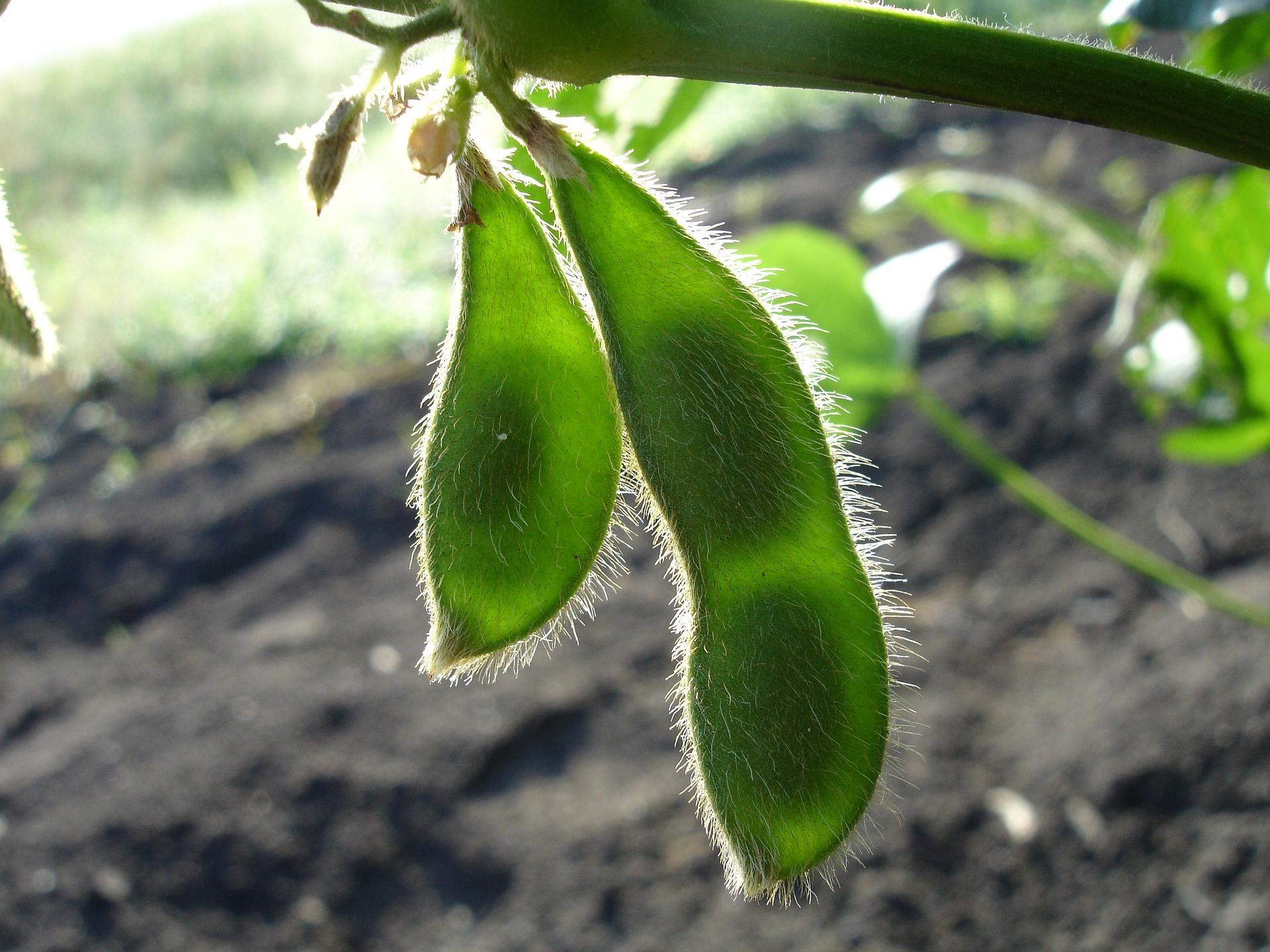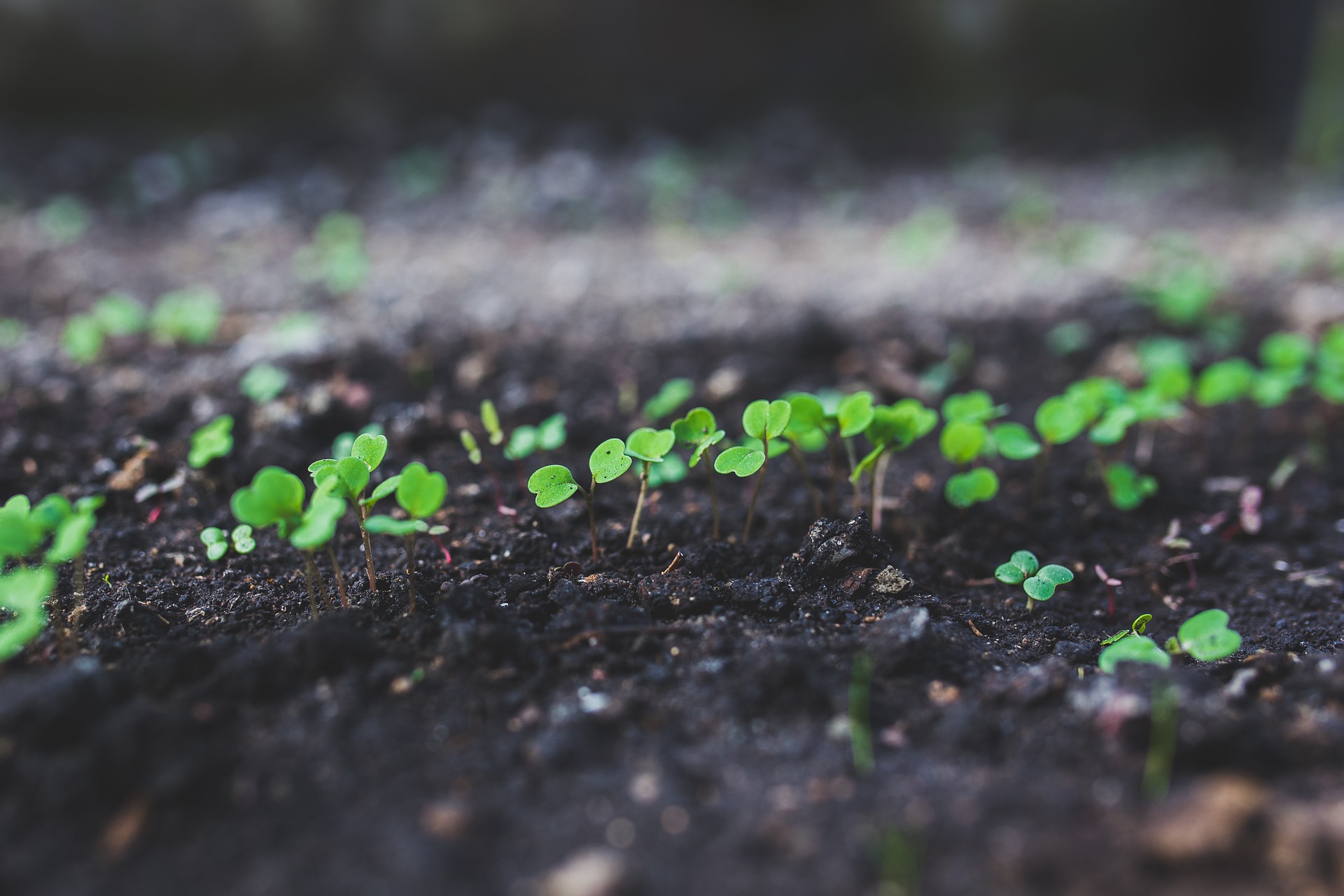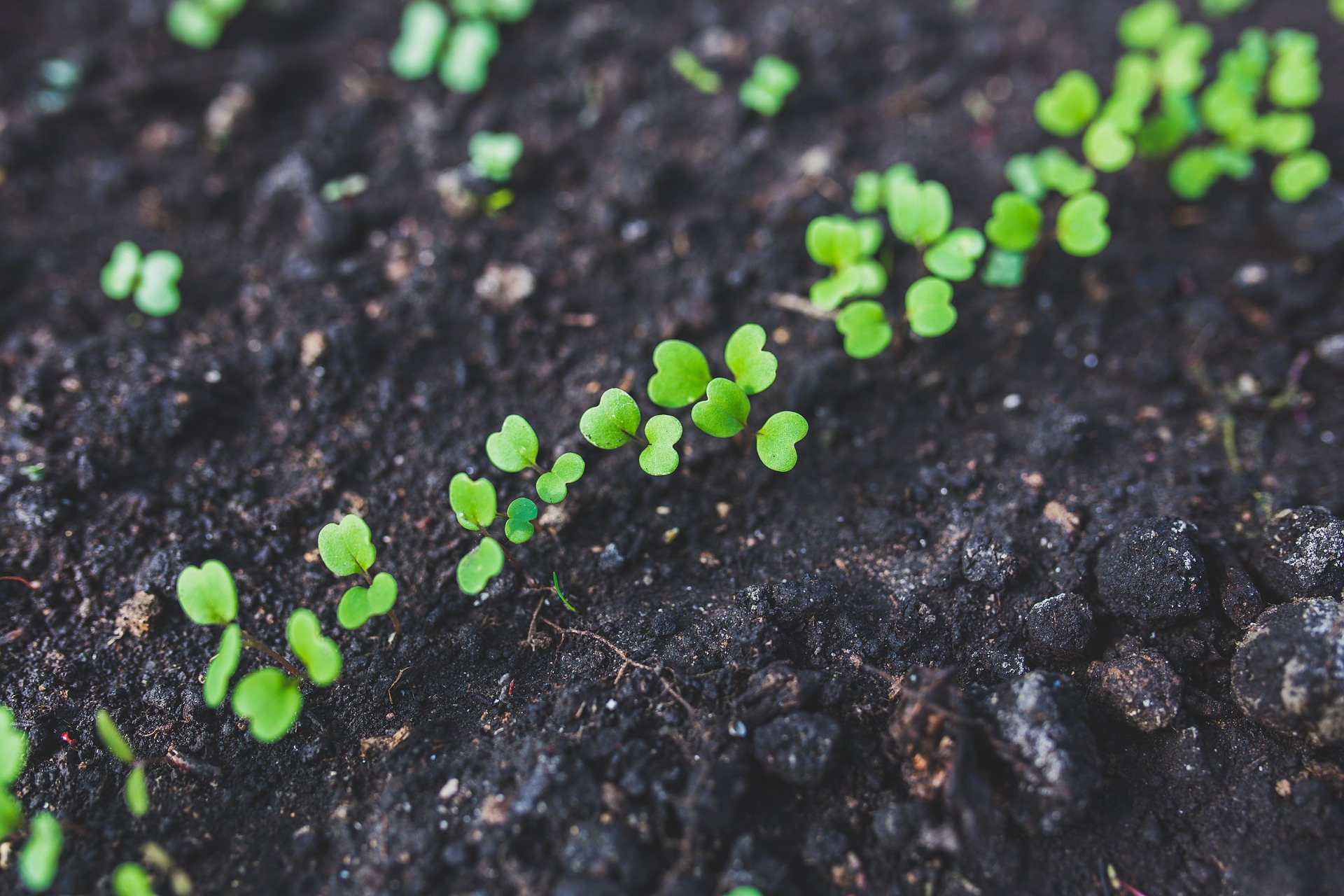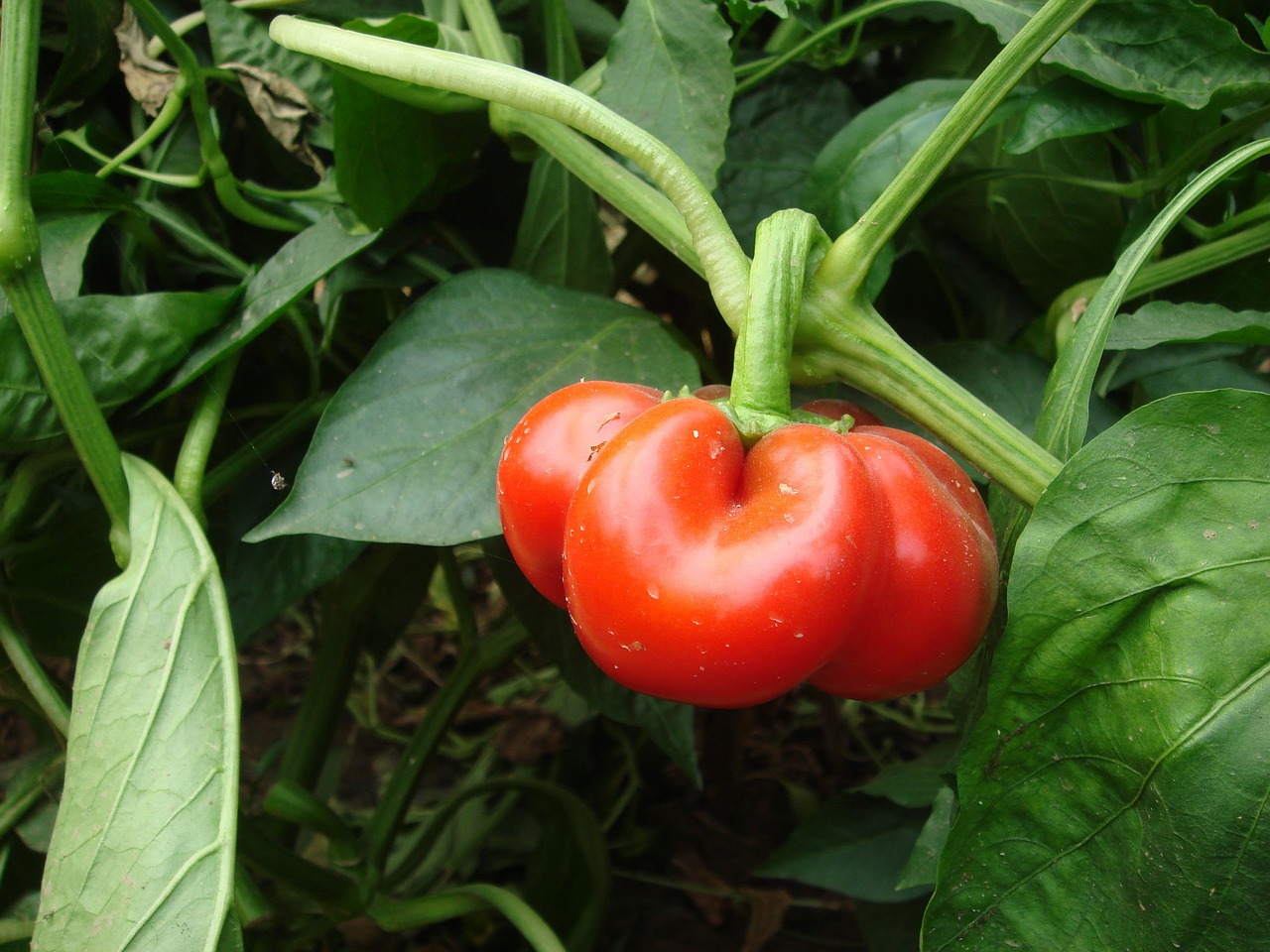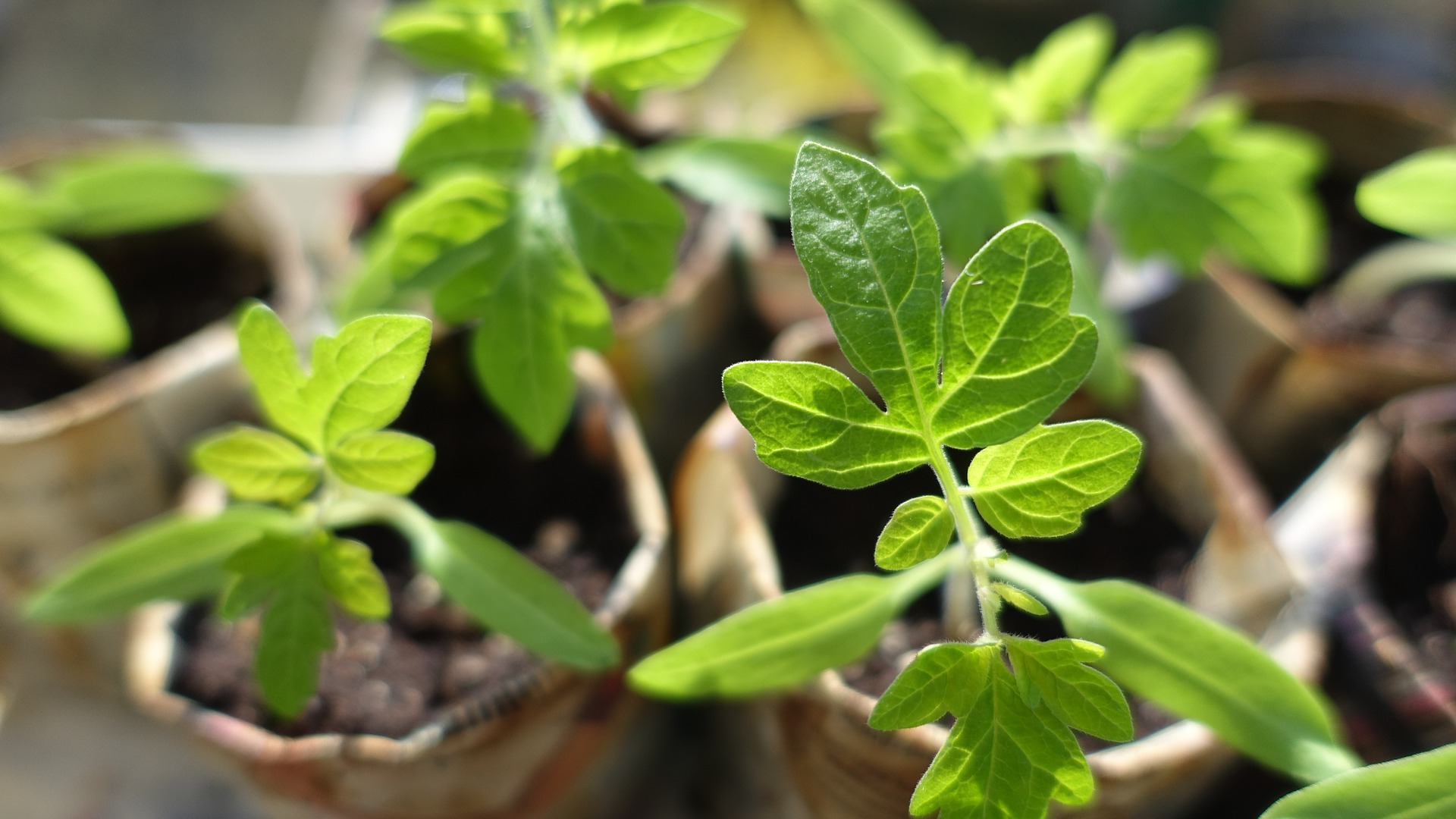Pink Succulents Mom Will Love
With Mother’s Day right around the corner, you’re probably getting ready to shower your mom with love! But, deciding what to get mom gets harder each year. Instead of pink or red roses, try something new – pink succulents! While succulents typically are seen in various shades of green or blue, pretty pinks and ruby reds are perfect for Mother’s Day.
Succulents are trending in the décor world right now and look great in any home. They’re also very low maintenance and easy to care for, perfect for a busy mom on the go.
Here are five succulents to buy for mom this Mother’s Day:
Perle von Nurnberg
The overlapping leaves of this echeveria species are beautiful in color. A greyish brown base with light pink and purple highlights creates contrast between the leaves. In the summer, the flowers can become coral to red with a yellow interior. As with all succulents, be sure to keep soil dry to avoid root rot and growth damage.
Afterglow
This echeveria truly lives up to its name. With beautiful pastel pink and purple leaves, these succulents look like something from a fairytale, a flower any mom is sure to love. Afterglow is perfect for indoor or outdoor containers. When growing succulents in containers, be sure to use Espoma’s Cactus Mix for best results.
Aurora
This sedum variety is definitely a fan favorite. Its bead-shaped, pink leaves earned Aurora the adorable nickname “Pink Jelly Beans” – and what mom wouldn’t love that? Yellow and white summer blooming flowers pair perfectly with the existing pink foliage.
Paddle Plant
Also known as Flapjack Plant or Desert Cabbage, this succulent gets its name from its flat, wide leaves. Paddle plant is typically found in green, but becomes accented with red when it receives enough sunlight. Like most of the succulents on this list, the pink and red color only becomes more prominent with more sun.
Graptopetalum pachyphyllum
Bonus points for mom if she can pronounce the name! This species has beautiful rosettes of pinkish leaves, topped by tiny, yellow flowers with pointed petals. When given a lot of sunlight, the gray foliage can show a reddish tint.
This Mother’s Day, show mom your love with one – or all – of the succulents on this list. Try incorporating the succulents in a cute planter for a really unique gift!

